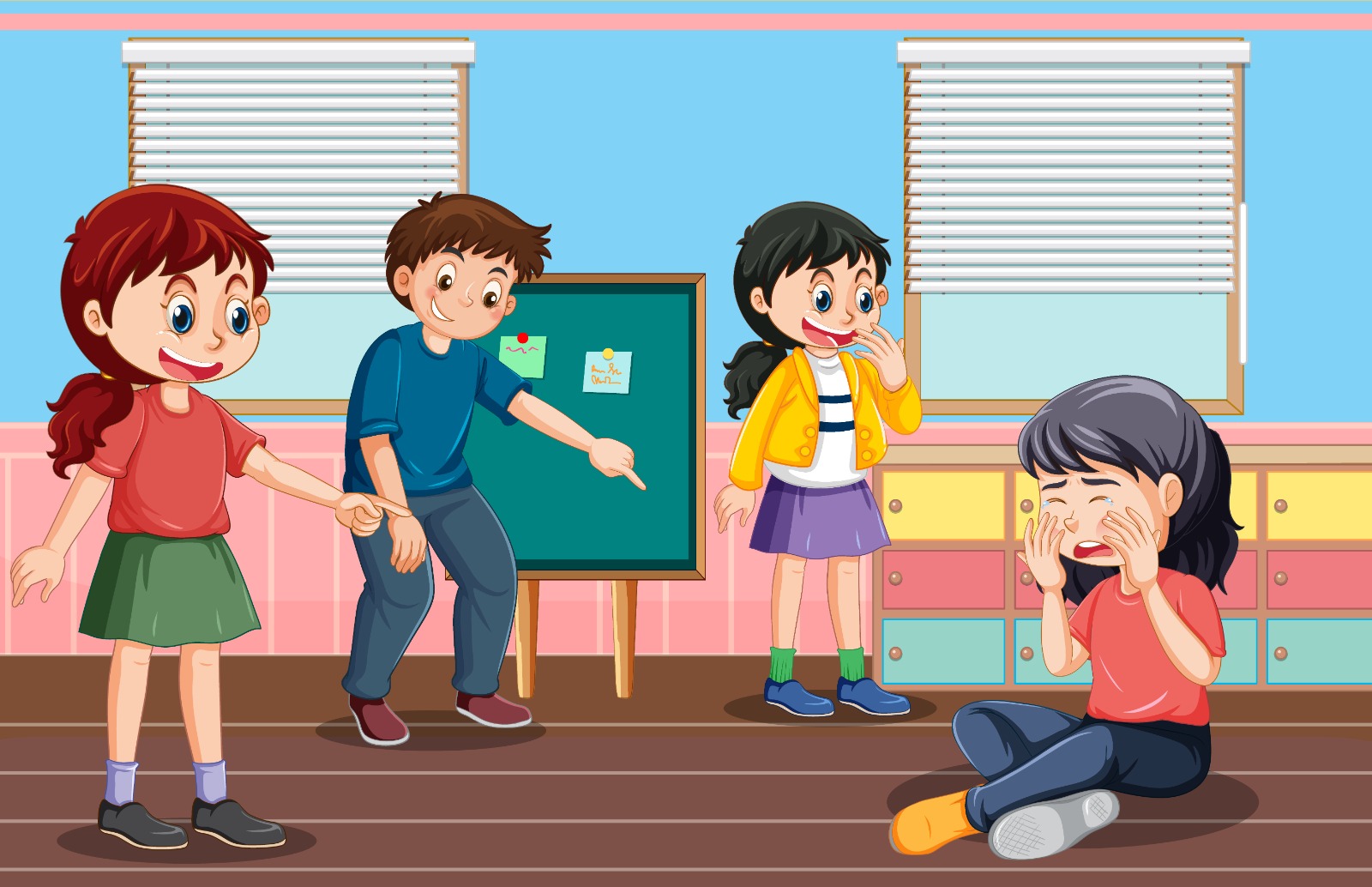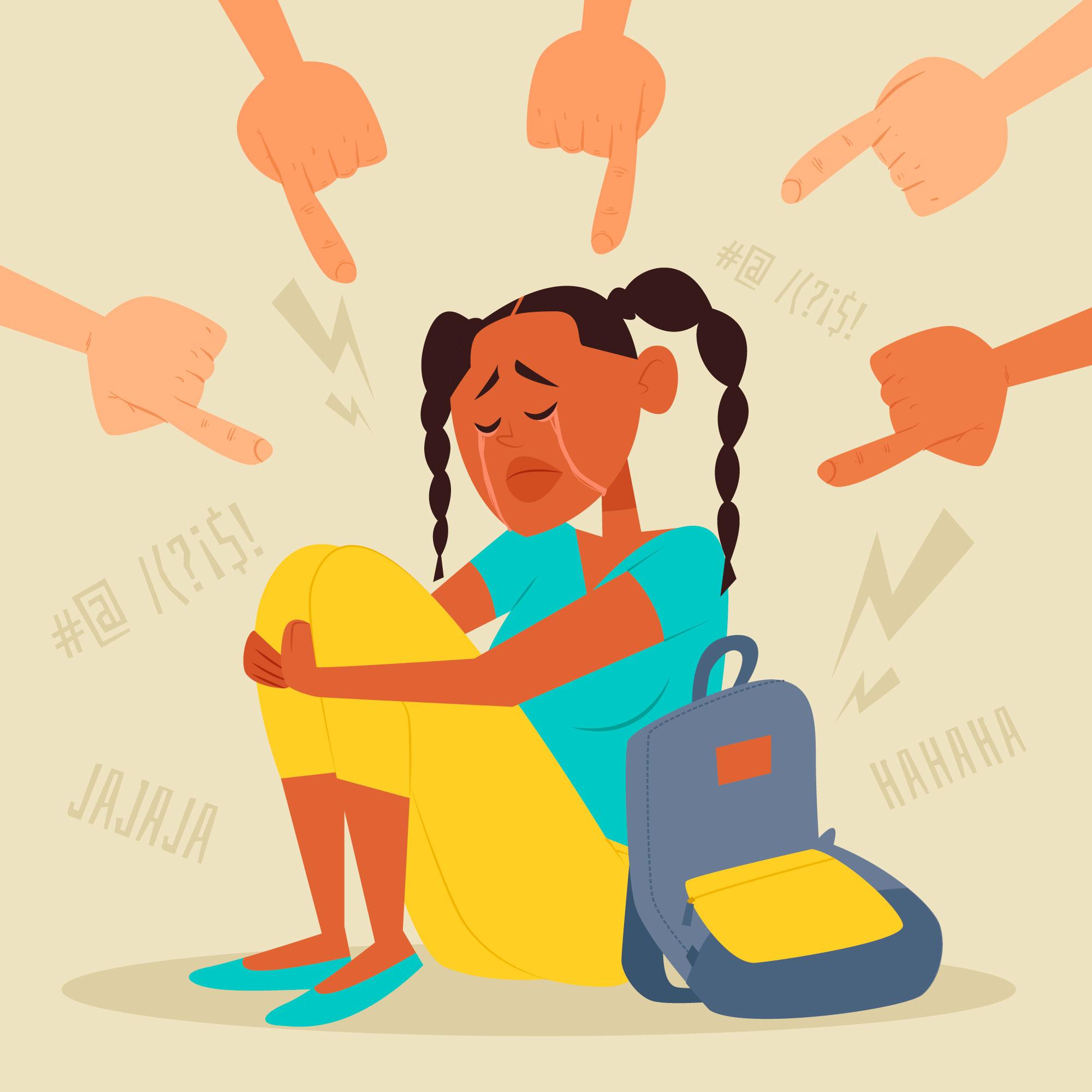Bullying is not just a behavioural issue, it’s a cry for help, from both the bullied and the bully. As a school counsellor, I believe empathy is our strongest intervention. We must listen before we label, understand before we act and guide before we punish. Every act of kindness becomes a shield against cruelty. Let’s build schools where courage is celebrated and compassion is cherished.
- Listen with Empathy
When a child reports being bullied, my first response is not advice—it’s listening. Every story of bullying carries fear, shame and confusion. Children must feel that their pain is acknowledged and their voice matters. Listening with compassion helps them begin to trust again.
- Early Intervention and Empowerment
Bullying, if ignored, breeds helplessness. I work to empower the children by helping them rediscover their strengths, practice assertive communication, and engage in positive peer interactions. Empowerment is not about retaliation—it’s about rebuilding confidence and safety.
- Addressing the Bully with Understanding
Bullies are often children in distress themselves—struggling with insecurity, neglect or anger. Counselling the aggressor helps uncover the root cause of their behaviour. Through guided sessions, empathy-building activities and positive reinforcement, transformation is possible.
- The Legal and Institutional Responsibility
Schools are not just moral but legal protectors of children. According to the CBSE guidelines and the Protection of Children from Sexual Offences (POCSO) Act, 2012, schools are legally bound to ensure a safe environment. Bullying, whether verbal, emotional or physical, violates a child’s right to safety and dignity. Every school should have an Anti-Bullying Committee that takes immediate and confidential action upon reports. Ignoring bullying is not just unethical—it can be legally accountable.
- Building a Culture of Compassion
True prevention happens when kindness becomes part of the school culture. Awareness drives, classroom discussions, and peer support groups help students internalize empathy. When children stand up for one another, bullying loses its stage.
Bullying ends when awareness meets action, and compassion becomes the loudest voice in our schools.









.jpg)









